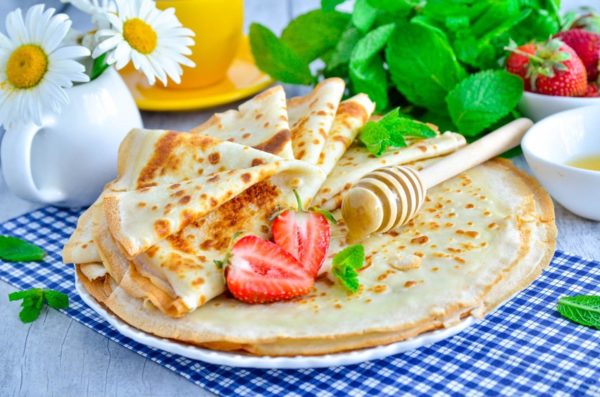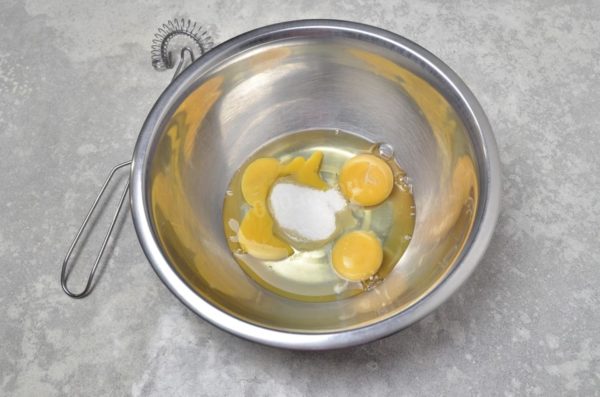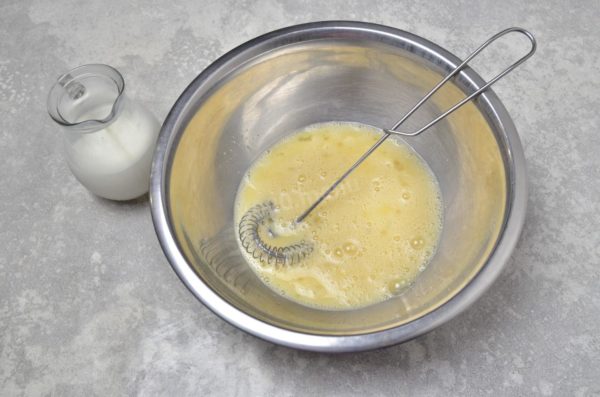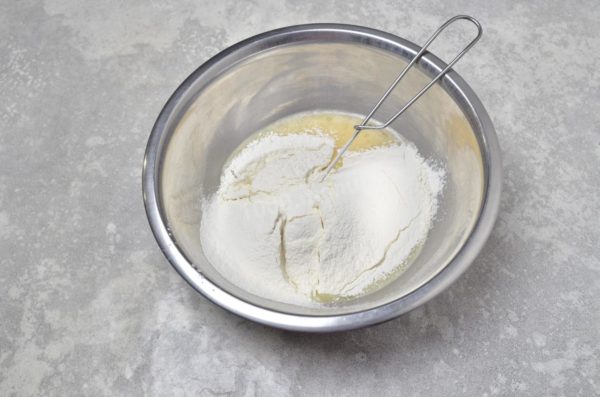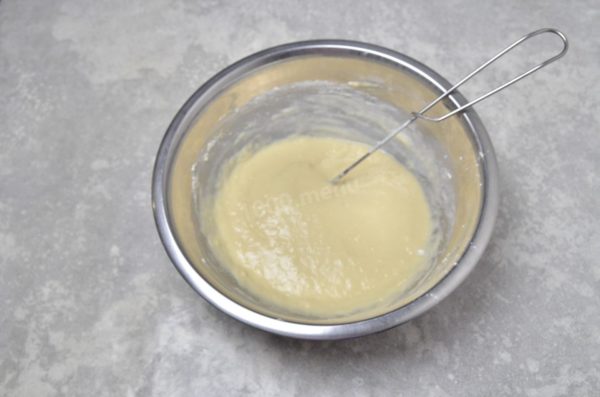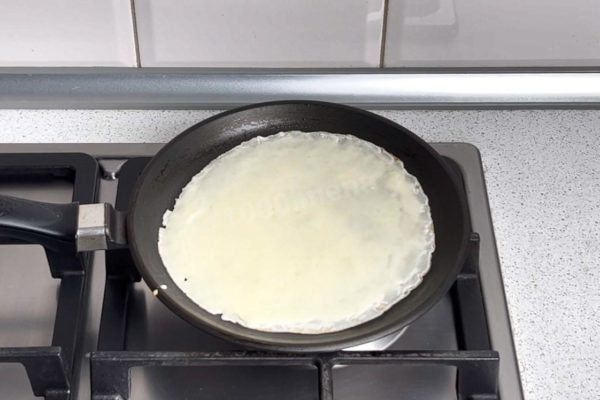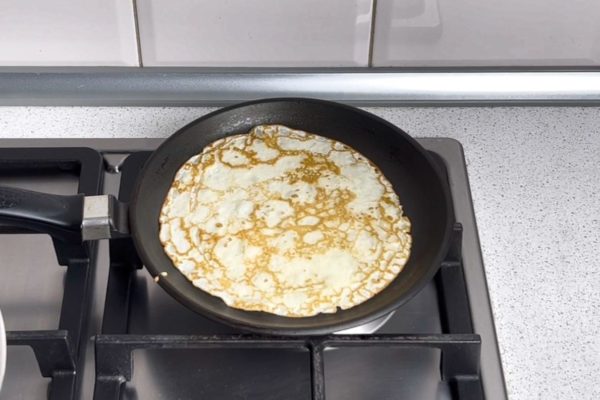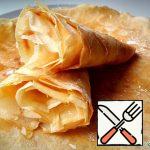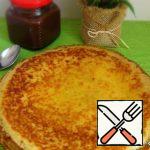The most delicious, low-cost, ordinary products! Thin pancakes with milk and eggs can be made quickly and simply from affordable and inexpensive ingredients. You will learn how to make the dough turn out without lumps and many other tips that will always make pancakes.
| Prep Time | 5 minutes |
| Cook Time | 30 minutes |
| Servings |
|
Ingredients
- 500 milliliters Milk
- 3 pieces Eggs
- 200 gram Wheat flour / Flour
- 2 tablespoon vegetabe oil
- 2 tablespoon Sugar
- 0.5 teaspoon Salt
Ingredients
|
Instructions
- Crack the well-washed and dried eggs into a deep bowl. Always wash eggs before using them to remove potential bacteria from the shell. You can use food-safe detergents and a brush. Add sugar and salt to the eggs, adjusting the quantities to your taste. If you prefer less sugar, you can reduce the amount.
- Gradually add the remaining milk to the thick batter, stirring after each addition. This will result in a completely homogeneous batter without lumps. It should have the consistency of thick cream. No need to make it thicker; thinner batter will yield thinner pancakes. Add odorless vegetable oil and mix. Allow the batter to rest for 10 minutes; this will make flipping the pancakes easier.
- Heat a frying pan over high heat. The best pancakes are cooked on a hot pan that prevents sticking and ensures easy removal. Add a drop of vegetable oil to the pan, but you'll only need to do this before the first pancake. The oil in the batter will suffice for the rest. Pour a portion of the batter into the pan and distribute it evenly by swirling the pan. For tips on choosing a frying pan and oil for frying, refer to the article at the end of this recipe.
- Fry the pancake until it's golden brown on one side, then flip it over to cook the other side. Adjust the heat to achieve a moderate cooking pace, ensuring the pancake doesn't burn. Remove the finished pancake to a plate, and you can optionally spread butter on it. Continue baking the rest of the pancakes using the same method. This recipe yields approximately 12 pancakes in a 20cm diameter frying pan.
Recipe Notes
Additional Note 1:
Be prepared for the possibility that you might need more or less flour than the exact amount stated in the recipe. The key is to pay attention to the desired consistency of the dough rather than fixating on the precise quantity of flour.
Additional Note 2:
It's crucial to choose the right frying pan for your pancakes. An inappropriate pan can negatively impact even the best pancake recipe.
Additional Note 3:
Keep in mind that oils are beneficial only up to a certain temperature – the smoking point. Beyond this point, the oil can burn and produce toxic substances, including carcinogens.
